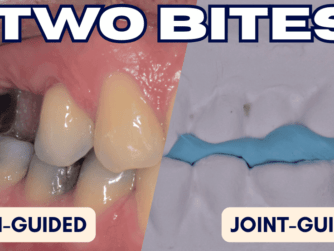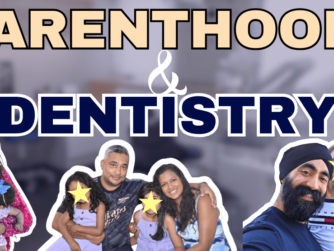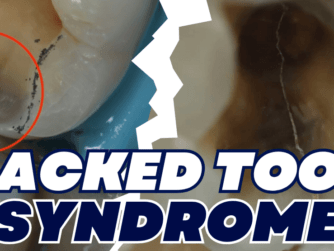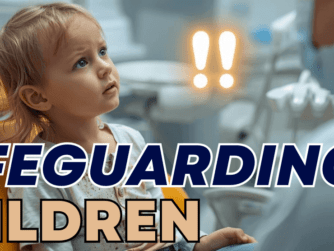Podcast: Play in new window | Download (Duration: 42:19 — 60.6MB)
Subscribe: RSS
When treating periodontal disease there is more to it than removing biofilm. Our role is to be a motivator and lifestyle coach – only then can we see successful periodontal outcomes in the longterm. What’s your spiel to patients to explain what periodontal disease is? Do you show diagrams, draw or use your fingers? Listen to how Dr Ian Dunn explains Perio and you will want to implement his way of communicating on Monday morning! Brought to you by the Back to Basics series of August on Protrusive Dental Podcast.
Protrusive Dental Pearl: Have some tools to be able to communicate via drawing (draw teeth, draw bone or periodontium etc) whether it’s digitally, on whiteboard or paper. There is beauty and magic about being able to draw something while your patients are watching beside you.
“Communication has to be a two-way street. It shouldn’t be a monologue, it should be a discussion.” – Dr Ian Dunn
In this episode we discussed about,
- Communication Masterclass between Dentists and Perio patients (12:38)
- How to communicate with more resistant patients (17:33)
- Referrals done by GDPs that could have been manage at their own practice (21:22)
- Trying to get out of comfort zone in Perio (26:20)
- How to communicate risks in Perio treatment (32:08)
Do join us on our Facebook community, the Protrusive Dental community!
If you like this episode, be sure to watch Finding Your Niche in Dentistry with Dr Pav Khaira







